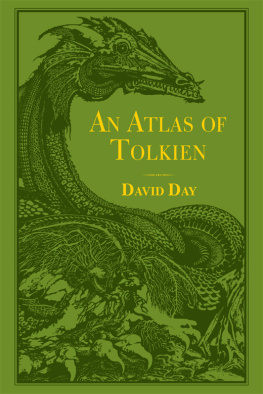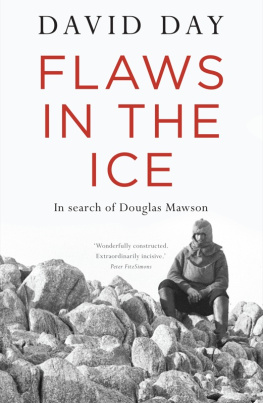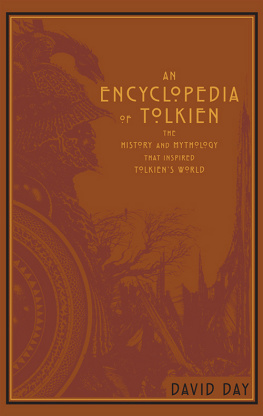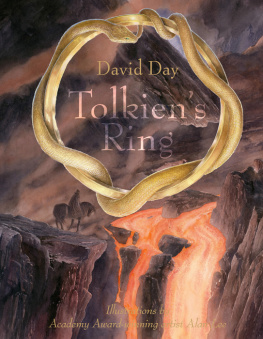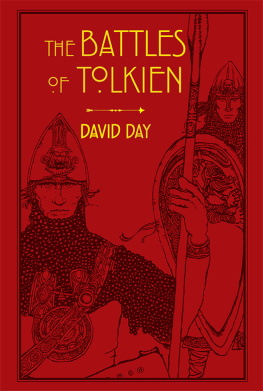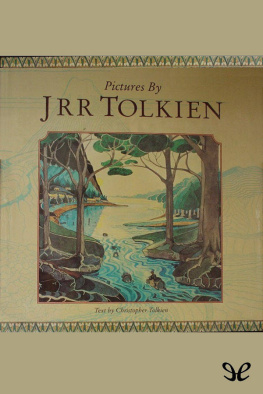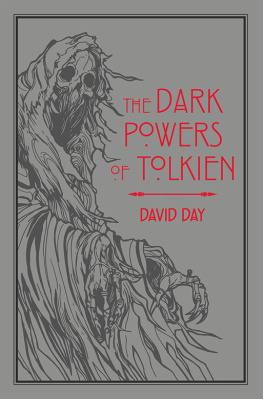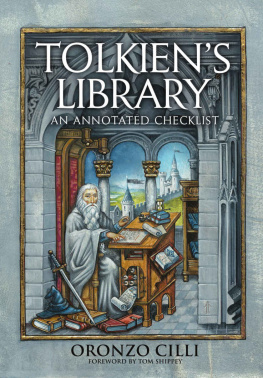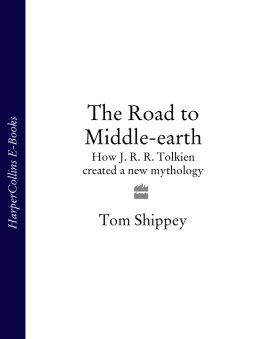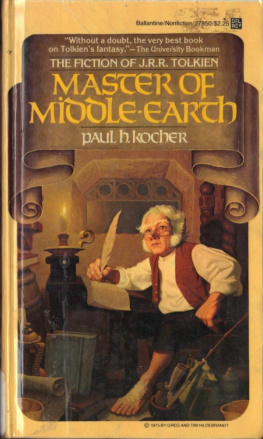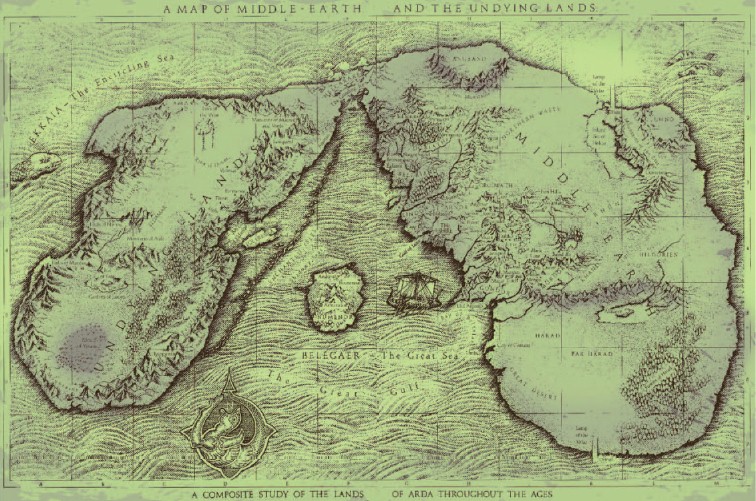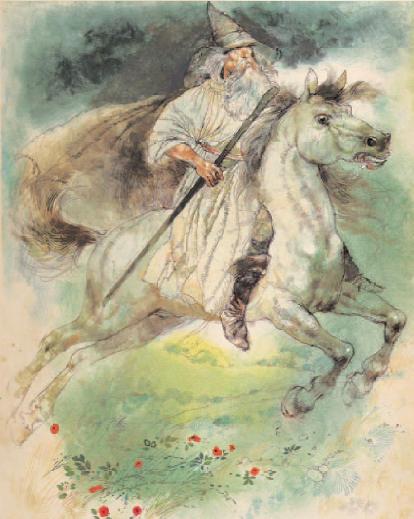A n Atlas of Tolkien has been created as a geographical and chronological guide for readers of The Hobbit and The Lord of the Rings who wish to know more of the vast imaginary world in which these books are set. It is also meant as a useful compass to encourage those who wish to navigate the somewhat deeper waters of The Silmarillion and Tolkiens many other posthumously published texts.
This Atlas is a compilation of specially commissioned and created art from some of the most talented fantasy artists of the past four decades. It began with the enormous investment in original full-colour art exclusively commissioned for the publication of A Tolkien Bestiary (1979) as the first ever fully-illustrated reference work on JRR Tolkien. Subsequently, new original artwork was created for Tolkien: the Illustrated Encyclopedia (1992) and for The World of Tolkien: the Mythological Sources of Lord of the Rings (2002).
And now, this new Atlas whose conception is due to the vision and persistence of Bountys publisher, Samantha Warrington and its project editor, Anna Bowles brings all this work together.
In An Atlas of Tolkien, I am pleased to be able to reveal this treasure trove of art to a new generation of readers. The Atlas contains dozens of pages of maps, chronologies, and genealogical charts; and more than 80 pages of full-colour illustrations of landscapes, cities, events, battles and incidents in the evolution of Tolkiens world from its creation until the aftermath of the War of the Rings.
This Atlas also concerns itself with the origin of things: the first appearance of the stars, moon and sun in the heavens; the awakening of the races of Elves, Dwarves, Ents and Men; and the breeding of Orcs, Dragons and Balrogs.
The aim of this Atlas is to reveal something of the imaginative sweep and splendour of Tolkiens epic world. It is a vehicle of entry into and travel through the complex geography and mythology of Middle-earth and the Undying Lands.
Time is as essential to the mapping of Middle-earth as geographic location. This Atlas gives a chronological context for events because in Tolkiens world maps are only valid if they are located in time as well as place. His world of Middle-earth and the Undying Lands constantly evolves through time.
However, let us make clear just what this Atlas is and what it is not.
An atlas, traditionally, is a book of maps, tables, charts, and illustrations about a specific place or subject. Often it is a road map and illustrated guide for anything from the geography of the world to the anatomy of the human body.
This Atlas will give a geographic and chronological context for the narratives of The Hobbit, The Lord of the Rings, and The Silmarillion, but it will not offer the narratives themselves. For that, one must go to the actual novels.
This Atlas locates and illustrates the fair Lthien Tinviel singing before the iron crown of Morgoth in the Quest of the Silmaril in the First Age. You will discover where and when in the Third Age, Bilbo Baggins encounters Smaug the Dragon in the Quest of Lonely Mountain. During the Quest of the Ring, you will also learn where and in which crucial battle the Witch-king and the Shield-maiden are locked in combat.
However, the Atlas will not tell you what happened after Lthien stopped singing, or how Bilbo fared in his contest with the Dragon. Nor does it reveal who won the duel between the Witch-king and the Shield-maiden.
The Atlas is intentionally full of cliff-hangers. It is not nor is it intended to be a substitute for reading the actual stories in The Hobbit, The Lord of the Rings, or The Silmarillion. If you havent already read the books, you will have the pleasure of discovering what happened next when you do read them.

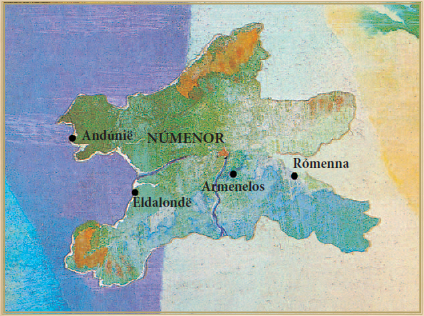
Throughout the Atlas, the outcomes of events and battles are only told if their results relate to the geographical evolution of Arda. The reader will find the Atlas is a useful compass in the exploration of Tolkiens world, and it will give a sense of the deep history that motivates actions and deeds for both good and evil in all his characters.
With this Atlas, you wont need to be an expert in Elvish to find your way around Middle-earth and the Undying Lands. It has been written and organized in a way that is both informative and accessible to the general reader. The book is mostly written for those who have read at least one of the books or have seen the movies, and would wish to read the books. Or, more commonly, for someone who, having read one book, might wish to have a guide to make the transition to the next book.

